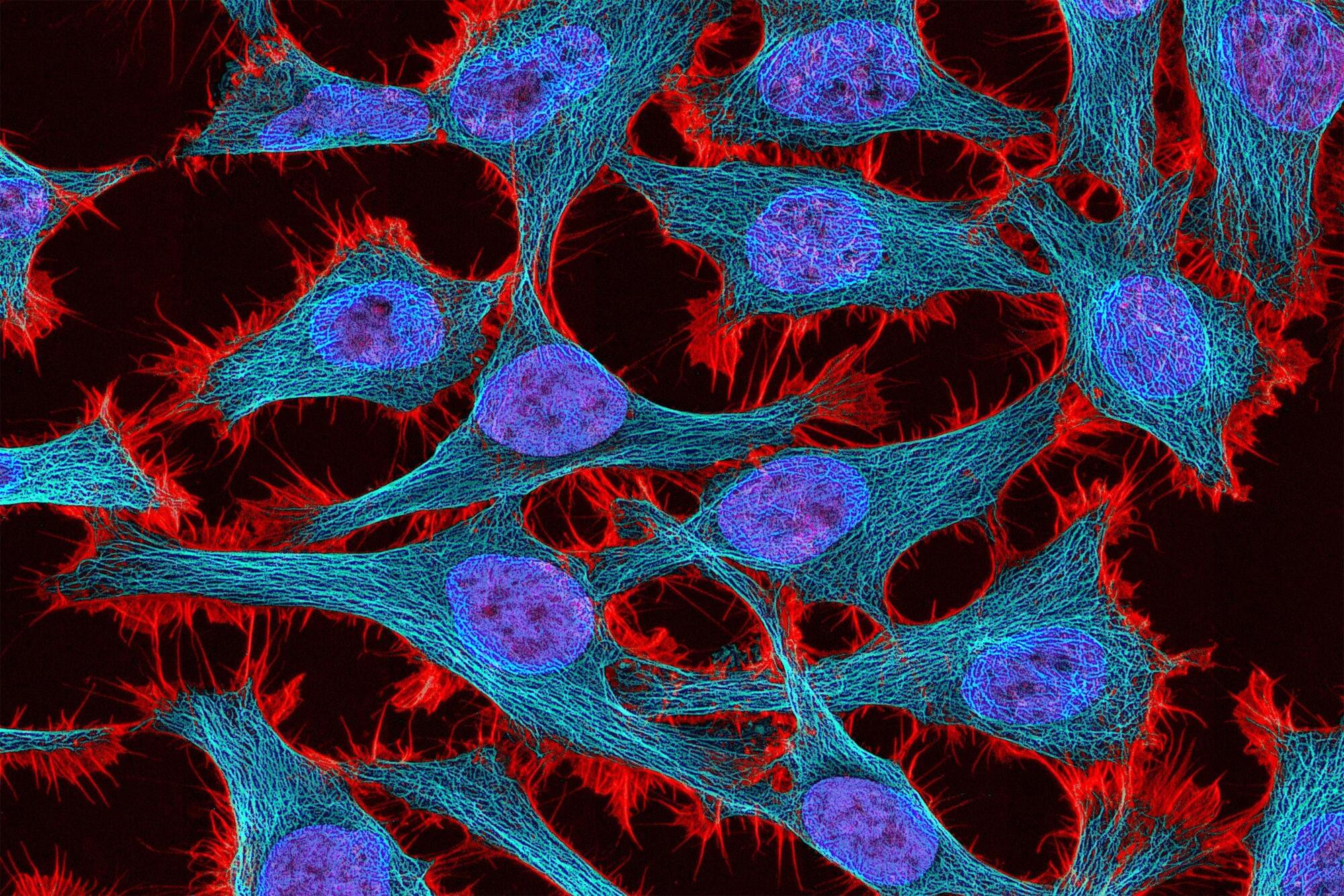Many diseases are caused by a missing or defective copy of a single gene. For decades, scientists have been working on gene therapy treatments that could cure such diseases by delivering a new copy of the missing genes to the affected cells.
Despite those efforts, very few gene therapy treatments have been approved by the FDA. One of the challenges to developing these treatments has been achieving control over how much the new gene is expressed in cells — too little and it won’t succeed, too much and it could cause serious side effects.
To help achieve more precise control of gene therapy, MIT engineers have tuned and applied a control circuit that can keep expression levels within a target range. In human cells, they showed that they could use this method to deliver genes that could help treat diseases including fragile X syndrome, a disorder that leads to intellectual disability and other developmental problems.
